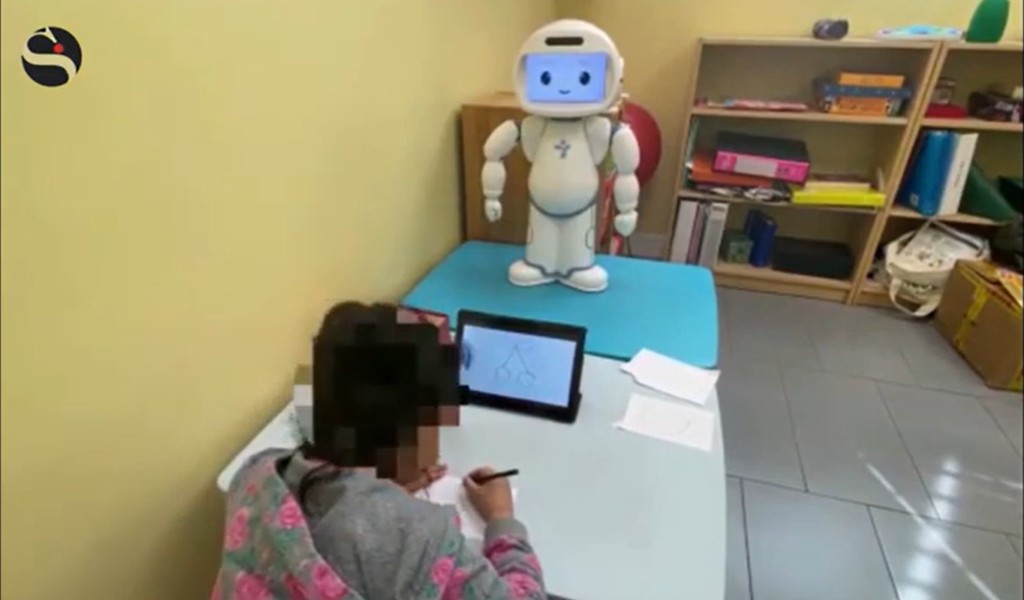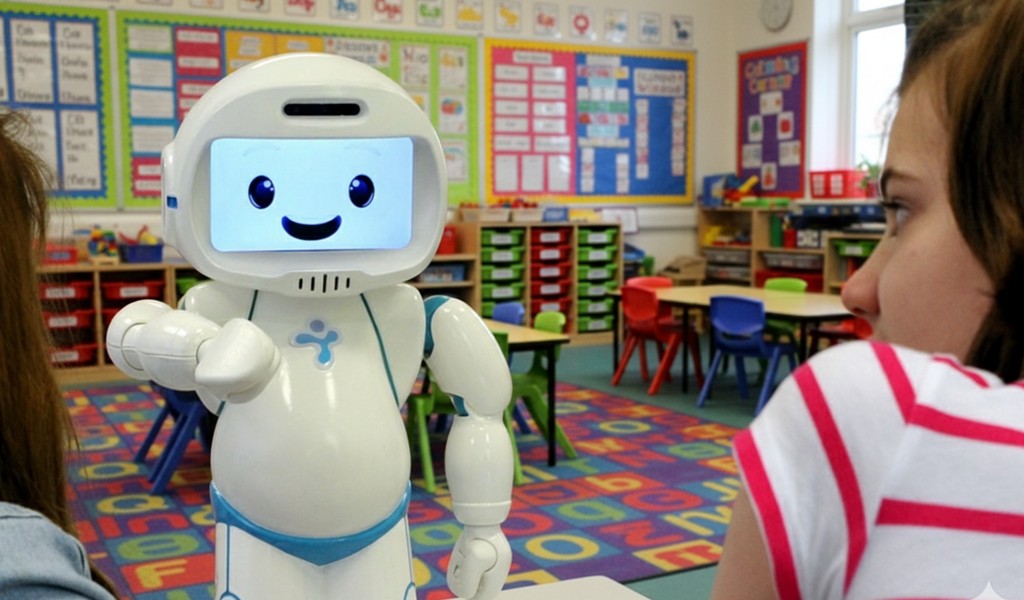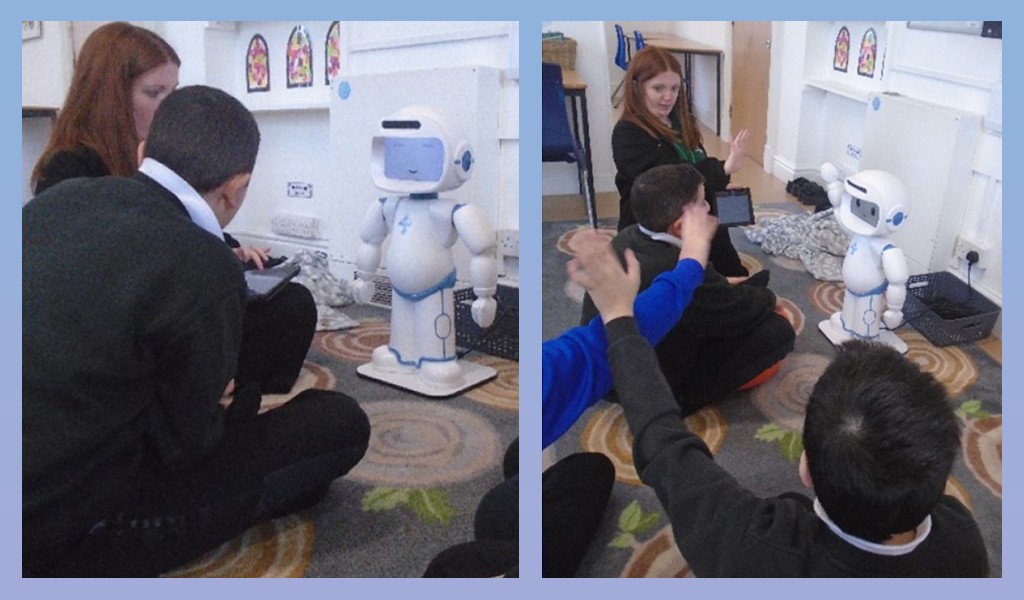A new pilot study explores an exciting and growing field: how social robots can help adolescents with Autism Spectrum Disorder (ASD) develop better social interactions. Led by researchers of the Tubman University, Harper, Liberia the study focuses on using a gesture imitation game with a humanoid robot, QTrobot, in collaboration with human educators.
Why This Study Matters
Imitation is a crucial skill for social development, but many children and adolescents with autism struggle with it. Past research shows that practicing imitation can significantly improve social interaction skills. This study seeks to go a step further — using robots to support that learning, especially for adolescents who also have intellectual disabilities.
How the Study Worked
Participants: Two adolescents were involved:
Participant F: A 17-year-old young woman with severe autism and intellectual disability.
Participant G: A 12-year-old boy with Asperger’s syndrome but no intellectual disability (control participant).
Robot: The QTrobot was used to lead the sessions. Its expressive screen face, voice, and programmed emotions made it a natural partner for interactive games.
Setting: Each session involved four phases: greetings, pairing, imitation, and closing.
Educators played a critical role too — either encouraging participants visually or physically when needed.
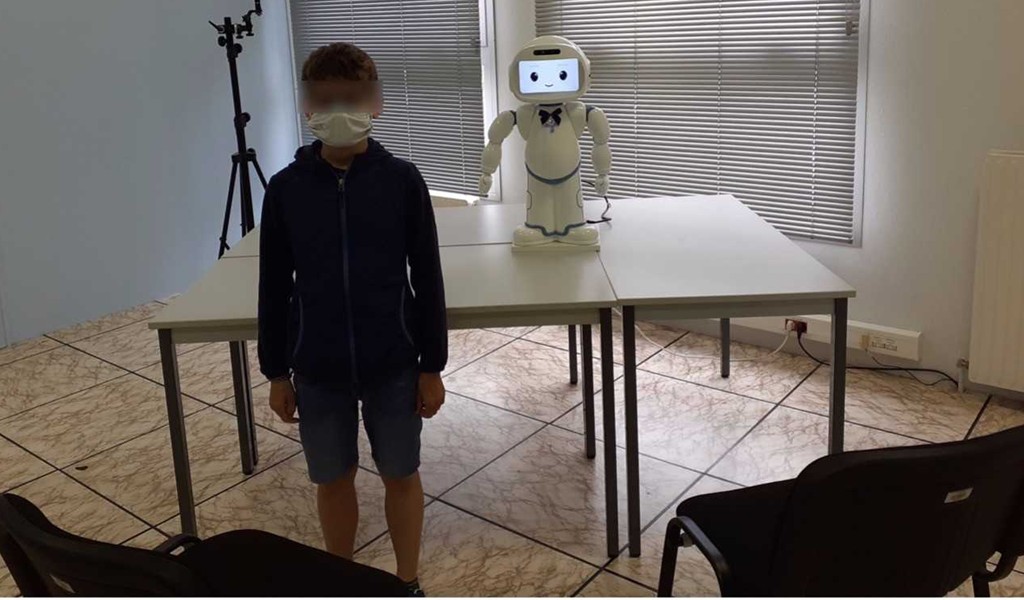
What They Measured
Researchers observed:
How participants initially approached the robot.
Their physical positioning and orientation relative to the robot.
Reactions to the robot’s voice and movements.
Signs of happiness, engagement, and attempts to imitate the robot’s gestures.
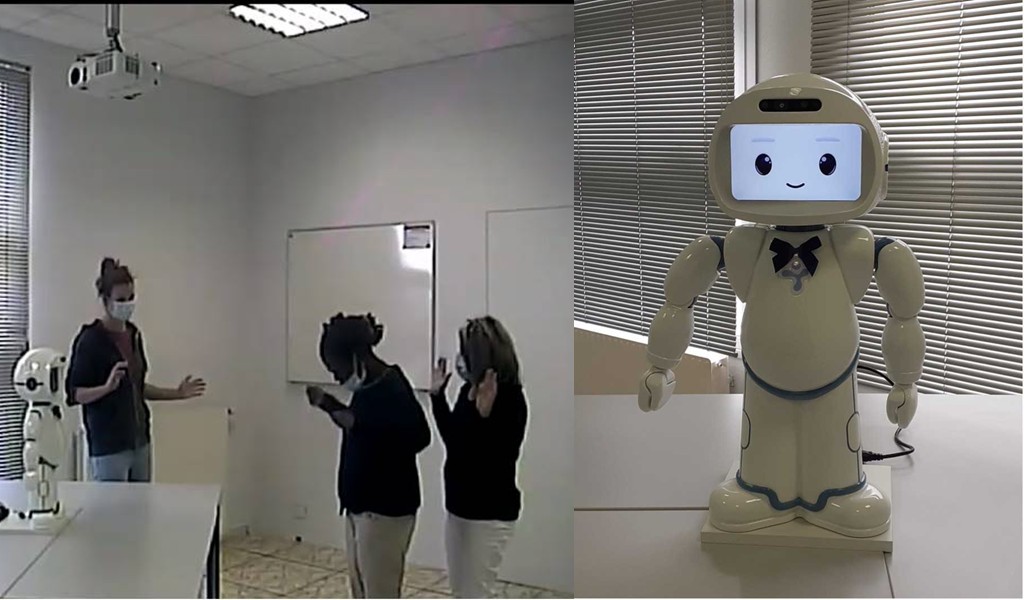
Key Findings
Increased Comfort: Over multiple sessions, both participants became more natural and comfortable around the robot.
Higher Social Interaction: The adolescents engaged more frequently and showed more imitation behaviors as the sessions progressed.
Unique Advantages of Robots: Unlike human partners, robots don’t display negative emotions like boredom or impatience — making them ideal for sustaining attention and motivation during long or repetitive tasks.
QTrobot’s predictable behavior and expressive feedback helped maintain engagement, especially for Participant F, who might have struggled with typical human social cues.
Looking Ahead
These promising early results support the idea that humanoid robots can enhance social interactions for adolescents with autism, even for those with intellectual disabilities.
Future research will focus on scaling up the study with more participants and refining the protocols to maximize benefits. The ultimate goal: help autistic adolescents develop stronger social skills and better integrate into personal, educational, and professional environments.
Reference:
Vallée, L. , Koné, M. and Asseu, O. (2025) Generating Social Interactions with Adolescents with Autism Spectrum Disorder, through a Gesture Imitation Game Led by a Humanoid Robot, in Collaboration with a Human Educator. Open Journal of Psychiatry, 15, 55-71.

